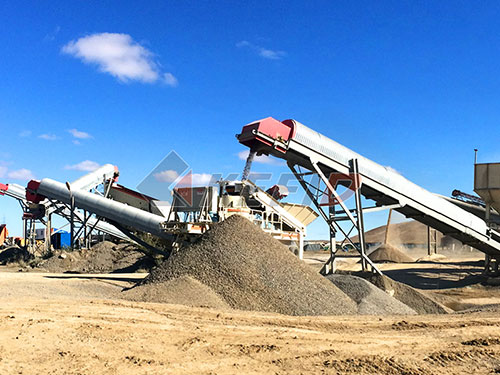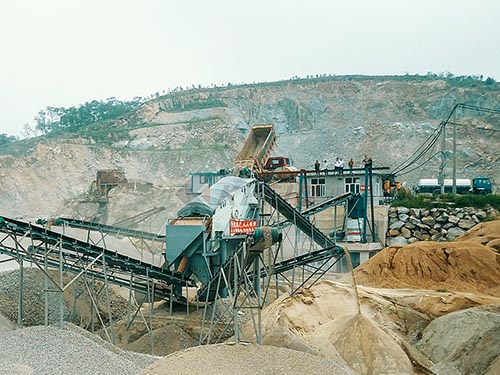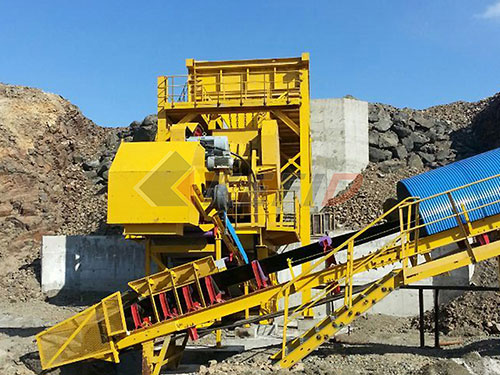The Unshackled Powerhouse: Revolutionizing Aggregate Production with Mobile Cone Crushing Plants
The global demand for high-quality aggregates – crushed stone, sand, and gravel – forms the literal bedrock of modern infrastructure development. From towering skyscrapers and sprawling highways to resilient bridges and essential utilities, these materials are indispensable. Traditionally sourced from large stationary quarries equipped with fixed crushing and screening plants, aggregate production often faced significant logistical and economic hurdles related to distance from project sites and site accessibility. Enter the transformative technology: the Mobile Cone Crushing Plant. This sophisticated machinery represents not just an evolution but a revolution in mineral processing, offering unparalleled flexibility, efficiency, and cost-effectiveness for a wide range of applications.
Beyond Mobility: The Core Concept

At its essence, a Mobile Cone Crushing Plant is a self-contained processing unit mounted on robust tracked or wheeled chassis designed for rapid relocation between sites or within large project areas without requiring permanent foundations or extensive infrastructure setup.

The heart of this system is the Cone Crusher, renowned for its ability to produce consistently shaped cubical end products at high reduction ratios – essential characteristics for premium aggregates used in concrete production and asphalt mixes.
Unlike primary jaw crushers that excel at breaking down large feed material through compressive force alone, cone crushers operate on an advanced principle:
1. Compression & Impact: Material enters the crushing chamber via a feed hopper.
2. Eccentric Rotation: A mantle gyrates eccentrically within a concave bowl liner.
3. Inter-Particle Crushing: Rock is crushed not only between the mantle and concave but also through particles impacting each other within the chamber.
4. Gradual Reduction: Material progresses down through progressively narrower crushing zones until it reaches the desired size exiting through the crusher’s discharge opening.
5. Adjustable Output: The gap between mantle and concave (the CSS – Closed Side Setting) can be hydraulically adjusted while running to precisely control final product size distribution.
Anatomy of Agility: Components
A modern mobile cone plant integrates several critical components into a cohesive system:
1. Robust Chassis: Heavy-duty tracks provide exceptional stability on uneven terrain and low ground pressure for minimal site impact.
2. High-Performance Cone Crusher: Available in various sizes (typically measured by head diameter) and configurations (standard head for secondary crushing / fine head for tertiary/quaternary duties). Modern designs feature hydraulic adjustment (CSS), hydraulic tramp release systems

Leave a Reply